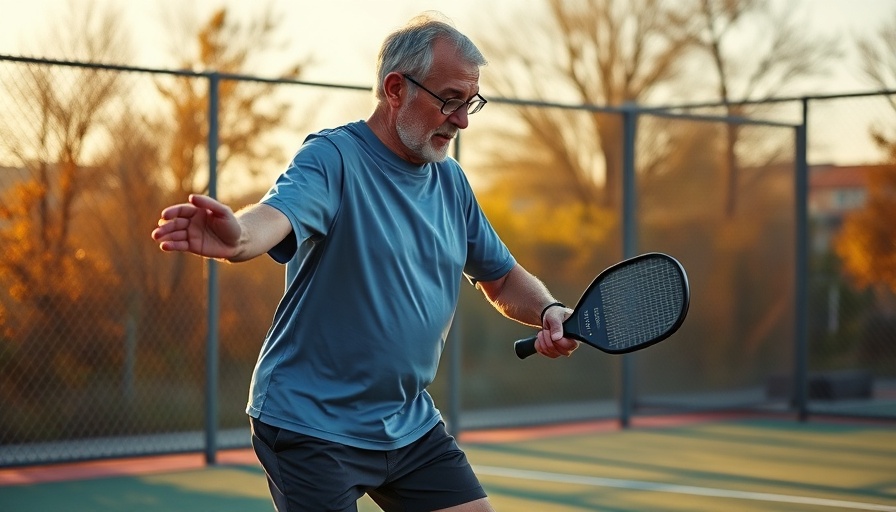
Transforming Injury Data with AI
Cedars-Sinai Medical Center is leveraging the power of generative AI to analyze a growing concern: pickleball injuries. With the sport booming in popularity, injuries among players have surged, rising over 200% in recent years. Many of these injuries are attributed to falls, leading to serious conditions such as bone fractures and ligament sprains, as highlighted by a recent report.
Unleashing the Power of AI for Data Extraction
By harnessing AI, particularly the capabilities of GPT-4, Cedars-Sinai has been able to extract actionable data from unstructured medical notes. Kathy Bailey, a principal data intelligence analyst with the institution, emphasized that this innovative approach allows for the identification of injuries that traditional methods often miss. Previously, extracting this data required manual input from clerks, but AI enables a faster, more efficient review, cutting down the time from weeks or months to mere hours.
Significance of Accurate Data in Healthcare
The project not only showcases the advancements in healthcare technology but also addresses a critical gap in injury data collection. Given that many injuries occur outside of structured medical codes, having AI analyze clinician notes provides a richer depth of context surrounding each incident. This is especially pertinent in pickleball, where understanding the nuances can lead to better preventative strategies and patient outcomes.
Looking Ahead: The Future of Injury Prevention
As the popularity of pickleball continues on its exponential trajectory, insights gathered from this AI project could set a precedent for future studies in other sports. The findings not only shed light on pickleball injuries but could also contribute to shaping injury prevention strategies across various activities, particularly among older adults who are increasingly participating in these recreational sports.
As we embrace these technological advancements, the partnership between healthcare and AI stands to revolutionize how injury data is collected and analyzed, ultimately improving care for patients.
Kathy Bailey will present more on this innovative approach at HIMSS25, offering insights that could change the landscape of injury data collection in sports and healthcare.
 Add Row
Add Row  Add
Add 


Write A Comment